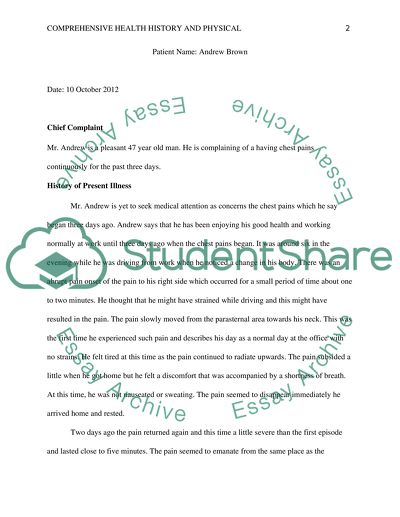Cite this document
(“Comprehensive health history and Physical Essay”, n.d.)
Retrieved from https://studentshare.org/nursing/1458469-comprehensive-health-history-and-physical
Retrieved from https://studentshare.org/nursing/1458469-comprehensive-health-history-and-physical
(Comprehensive Health History and Physical Essay)
https://studentshare.org/nursing/1458469-comprehensive-health-history-and-physical.
https://studentshare.org/nursing/1458469-comprehensive-health-history-and-physical.
“Comprehensive Health History and Physical Essay”, n.d. https://studentshare.org/nursing/1458469-comprehensive-health-history-and-physical.


